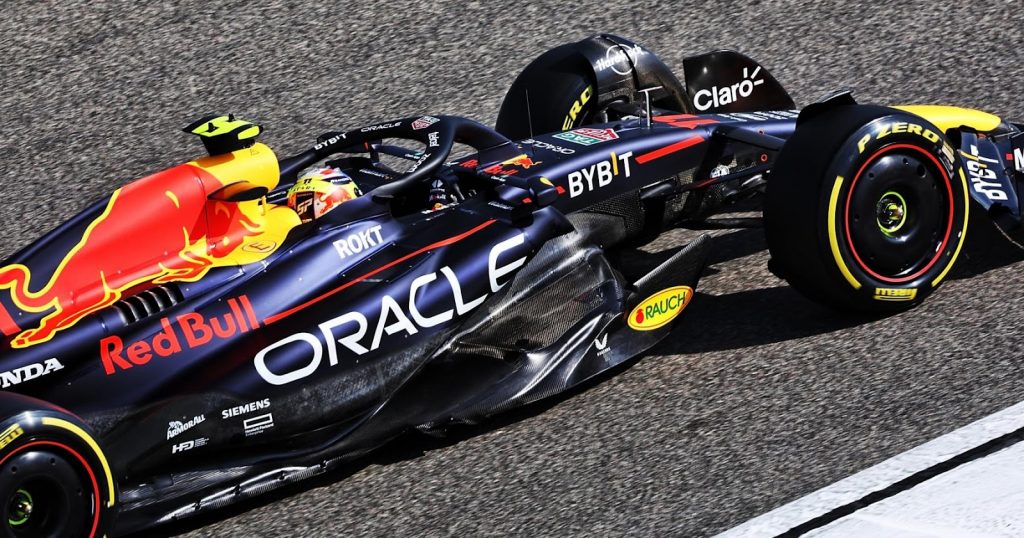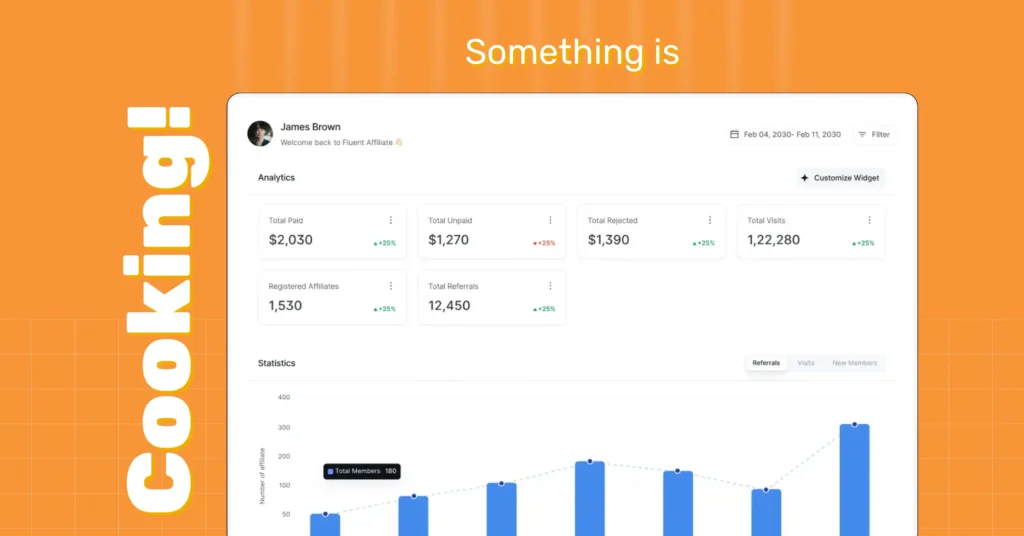
Psychographic Segmentation in Marketing: What It Is, Real-Life Examples, and Essential Tips
The way individuals perceive things can vary greatly.
What is six for you, maybe nine for others, right? A trend may attract you, but it does not necessarily pique the interest of everyone else. So, can we truly expect a one-size-fits-all marketing approach to engage every member of our audience?
Certainly not!
Every person has a unique blend of preferences, hobbies, and psychological attributes. If you wish to maximize your marketing campaign’s effectiveness, you need to understand your target audience’s perspectives and what appeals to them!
And that’s where the importance of psychographic segmentation in marketing comes into play. You dive deep into your customers’ lifestyles, values, personalities, etc., and develop campaigns that truly cater to them.
Sounds fair?
In this article, we’ll go over all you need to know about this segmentation strategy and demonstrate how to use it to hit the bull’s eye.
Let’s start!
What is Psychographic Segmentation in Marketing?
Psychographic segmentation is an effective marketing method that divides a target market based on psychological characteristics, lifestyle choices, beliefs, interests, and behavior patterns. It aims to build a deep and comprehensive picture of the target audience.
During this process, a marketer studies the consumer’s psychological qualities and lifestyle. By understanding these psychographic metrics, marketers gain comprehensive insights into what motivates and influences their consumer’s decision-making. They also uncover the emotional triggers, beliefs, and goals that drive customer behavior.
Why Psychographic Segmentation is Important for Your Business?
Along with behavioral segmentations, psychographic segmentation holds immense importance for businesses in today’s competitive marketplace. It delivers insights that go beyond basic demographics and allows you to tailor more relevant marketing campaigns. By leveraging these data, you’ll be able to engage with your target audience on a deeper level.
Here are some of the benefits of psychographic segmentation in marketing—
- Understanding customer motivations and preferences: Psychographic segmentation gives you insights into your audience’s values, beliefs, and lifestyle choices. It shows what matters to them, helping tailor your offerings and messages to match. This builds deep bonds, fostering loyalty and lasting connections.
- Effective product development and innovation: Understanding your customers and predicting their needs is crucial for creating better products. Psychographic segmentation helps you learn what your customers like and predict what they might want in the future. By keeping an eye on their changing preferences, you can improve your products to stay ahead of the competition.
- Precise targeting: Psychographic segmentation helps you group your clients based on their personalities and interests. This means you can focus your marketing on individuals who are most likely to engage with your brand. This improves your marketing campaign’s efficiency and efficacy —improving conversion rates and ROI.
- Personalized messaging: When you understand what your audience likes and cares about, you can make messages only for them. Personalized marketing messages get more people interested and involved.
- Improved customer satisfaction: Aligning your products, services, and marketing approaches with your target audience’s psychographic preferences helps you create a customer experience that appeals to their specific needs. This results in increased consumer satisfaction, brand loyalty, and customer retention rates.
- Competitive advantage: Psychographic segmentation also helps stand out among your competitors. It helps you understand and address deeper psychological elements that drive consumer behavior. By doing so, you can craft special offers and ways to position your brand and differentiate your brand in the market.
- Forecasting market trends: Psychographic segmentation allows you to keep up with changing market trends and consumer preferences. By monitoring your audience’s psychographic data, you can adjust your offers to meet their evolving needs.
Dive into more benefits of customer segmentation
Psychographic Segmentation Variables

Knowing your target audience requires more than just demographic segmentations. It involves delving into the complex world of psychographic segmentation variables. Every individual has distinct interests, tastes, and personality traits. By delving into the psychological aspects, you can acquire vital insights into what genuinely motivates your clients.
Let’s look at some of the most commonly utilized psychological segmentation objectives and how they might help you design personalized marketing campaigns.
Lifestyle
Lifestyle shows how your audience lives, what they do, like, and buy. It’s a big deal for businesses aiming to connect with customers. Take adventure lovers, for instance. A company can group them based on their love for outdoor stuff like hiking or extreme sports. Knowing their customers’ lifestyles will help them tweak ads and products to suit them better.
Values
Psychographic segmentation considers values such as environmental sustainability, social responsibility, family, individualism, and tradition. Values are the fundamental beliefs and principles that people hold dear. They have a noteworthy impact on decision-making and behavior. For instance, a brand that focuses on eco-friendly fashion might create a customer segmentation based on who cares about the environment and ethical practices. They might create ads and plans that talk about being green and connect with their customers who feel the same way.
Interests
Psychographic segmentation takes into account consumers’ interests and passions. Interests are activities, issues, or subjects people find interesting and entertaining. For instance, a fitness company might split its audience by interests like yoga, weightlifting, or jogging. Knowing these interests helps the company market things people actually want.
Personality Traits
Individuals’ personality traits reflect consistent patterns of thoughts, feelings, and behaviors. Extroversion, introversion, openness, conscientiousness, and adventurousness are all factors in psychographic segmentation. Like, a travel company might divide its customers based on their love for adventure or exploring new places. Knowing these traits helps the company make ads about exciting trips or plan special routes for bold travelers.
Real-life Examples of Effective Psychographic Segmentation in Marketing
Psychographic segmentation has long been a significant tool for large businesses seeking a competitive advantage. They have decorated their marketing technique as well as products that resonate at a personal level with each customer. Let’s look at some real-world cases:
Lifestyle-based Psychographic Segmentation

Apple has found success by targeting a group called Creative Professionals. These individuals value sleek design, advanced technology, and user-friendly experiences.
Apple’s marketing strategies and product development cater directly to the lifestyle choices of this segment. They try to showcase their products as essential tools for enhancing creativity and productivity. By aligning with the values and preferences of this specific segment, Apple has managed to cultivate a devoted base of customers.
Value-based Psychographic Segmentation

TOMS, a footwear company, targets customers who appreciate social responsibility. Each time a pair of shoes is purchased, TOMS donates a pair to a person in need. Their One for One effort appeals to customers who value making a positive influence on their purchases.
Interest-based Psychographic Segmentation

Red Bull, known for its energy drinks, has set its sights on capturing the attention of extreme sports enthusiasts. They specifically focus on activities that pump up adrenaline, such as skateboarding, snowboarding, and extreme motorsports.
Red Bull goes beyond traditional marketing efforts by sponsoring events and athletes in these thrilling sports. And by associating its brand with the excitement and passion of these extreme sports, Red Bull has successfully positioned itself as the go-to beverage for adrenaline junkies.
Personality-based psychographic segmentation

Spotify, a popular music streaming platform, caters to individuals who possess a profound love for music. Understanding that music preferences vary widely among users, Spotify takes a data-driven approach to provide personalized experiences.
By analyzing user preferences, listening habits, and music history, Spotify’s algorithms cater personalized playlists to individual tastes. For those who are nostalgic, Spotify offers curated playlists featuring throwback hits from previous decades.
Spotify evokes a sense of nostalgia and brings back cherished memories in old-school music lover’s minds. On the other hand, adventurous listeners can explore a vast catalog of music from various genres and discover new artists and songs through personalized recommendations.
How to Utilize Psychographic Segmentation in Your Marketing Strategy?
Psychographic segmentation offers a powerful approach to understanding and connecting with your target audience. By incorporating it into your marketing approach, you can create targeted and personalized campaigns that deeply resonate with your audience.
Here are some key steps to follow to leverage psychographic segmentation in your marketing efforts:
- Conduct market research: Begin by gathering insights about your target audience through surveys, interviews, and social listening. Understand their behaviors, preferences, and attitudes that influence their purchasing decisions. This market research would help you uncover their motivations, values, and lifestyle choices.
- Segment your audience: Divide your target audience into distinct groups with similar psychological attributes based on your market research. This allows you to create targeted marketing strategies for each segment. Consider variables like lifestyle choices, values, interests, and personality traits when defining your segments.
- Develop buyer personas: Create detailed buyer personas for each psychographic segment. Use psychographic profiles as a reference throughout your marketing activities to align your messaging with their needs and desires.
- Tailor your marketing messages: Craft marketing messages that resonate with each psychographic information. Use the insights gained from your research to create personalized and compelling content that speaks directly to their motivations, values, interests, and personality traits.
- Select relevant marketing channels: Delivering your messages through the right channels will increase engagement and conversion rates. Determine the most effective marketing channels for reaching your segments. Consider where your target audience spends their time and the channels they prefer, such as social media, email marketing, online communities, or specific publications.
- Create tailored offers and experiences: Develop products, services, and experiences that align with the preferences and desires of each psychographic segment. Customize your offerings to cater to their specific lifestyle choices, values, interests, and personality traits.
- Continuously refine and adapt: Stay attuned to the evolving needs, preferences, and behaviors of your target audience. Analyze data, collect feedback, and monitor market trends to understand the changing psychographics of your segments.
Implementing Psychographic Segmentation in Your Email Marketing Strategy
Implementing psychographic segmentation in email marketing is no longer as difficult. With email automation tools, you can easily employ psychographic segmentation and take your marketing efforts to the next level. FluentCRM is one such tool that makes this possible. Let’s look at how to use FluentCRM for implementing psychographic segmentation in email marketing.
Collect Relevant Data
To apply psychographic segmentation, you need to gather data about your subscribers. You can use custom fields in FluentCRM to capture this information during the signup process.
Create Custom Fields
In your FluentCRM dashboard, go to the Settings tab and click on Custom Contact Fields from the dropdown menu. To add new custom fields that align with the psychographic variables you want to track, such as hobbies, preferences, values, or purchase behavior, click the Add Field Button.
Segment Based on Psychographic Variables
Once you have collected the relevant psychographic data, segment your contacts based on these variables.

For this, you need to go to Contacts.

In the Contact Segments section, click Create Custom Segment button.

Define Segmentation Criteria
Use the Filter by dropdown to select the custom fields you created for psychographic segmentation

Set the conditions and values for each psychographic variable. For example, if you have a custom field for Hobbies, you can set the condition to is equal to and define specific hobbies as values. This allows you to create segments based on subscribers with similar interests.
Apply the Segment in Your Campaigns
You can now utilize your psychographic segments inside your email marketing campaigns. When creating email campaigns or automation, choose the relevant psychographic segment as your target audience. This ensures that your messages resonate with the specific interests and preferences of each segment.
Note: While FluentCRM can help you collect and segment contacts based on psychographic variables, it’s important to ensure that you collect accurate and meaningful data. Conduct surveys, monitor subscriber behavior, and analyze customer feedback to continually refine your psychographic segmentation approach.
Embrace Psychographic Segmentation Today!
Well, that’s all for today. When applied correctly, psychographic segmentation can be a really powerful tool to connect and convert your audience. By embracing psychographic segmentation, you can also tailor your marketing messages to your audience’s specific interests, see increased engagement, and enjoy high ROI in the long run!
In this article, we’ve explained all the aspects of psychographic segmentation. For more on segmentation, you can read our detailed market segmentation guide or dive deep into specific types of segmentation below.
- Demographic Segmentation in Marketing: Definition, Tips, Tricks, and Examples
- Technographic Segmentation: A Complete Guide to Targeted Marketing
- Psychographic Segmentation in Marketing: What It Is, Real-Life Examples, and Essential Tips
- A Complete Guide to Geographic Segmentation in Marketing: Definition, Examples, and Tips
- What is Behavioral Segmentation and How to Use it in Your Email Marketing Strategy(+Examples)
Have more ideas? Want to discuss something?
Leave a comment below!









Leave a Reply